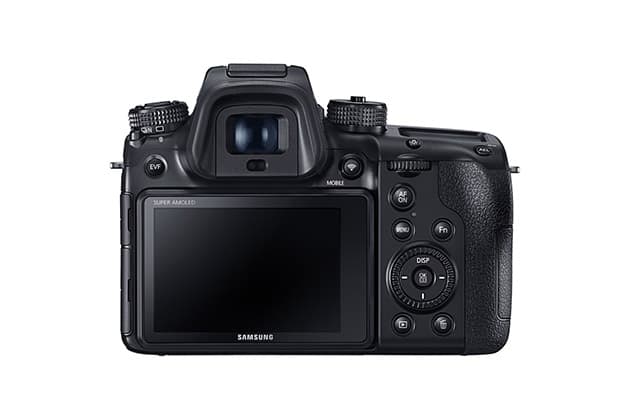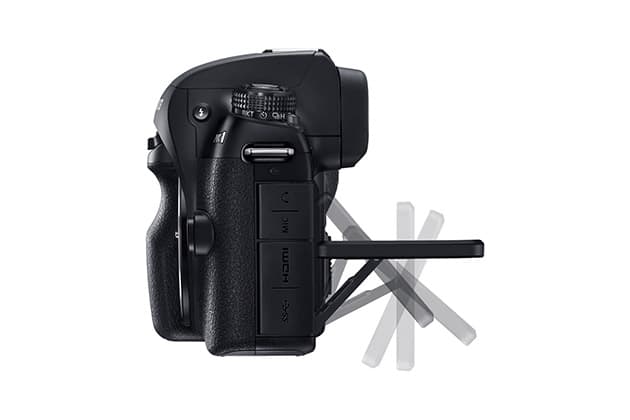 The South Korean company used a pre-Photokina briefing in London to outline its Samsung Auto Shot (SAS) technology which is contained in the Samsung NX1, its latest compact system camera aimed at advanced photography enthusiasts and professionals.
The South Korean company used a pre-Photokina briefing in London to outline its Samsung Auto Shot (SAS) technology which is contained in the Samsung NX1, its latest compact system camera aimed at advanced photography enthusiasts and professionals.
The NX1 used ‘advanced’ subject movement algorithms to continuously track focus. Samsung claims SAS allows users to automatically fire the shutter at ‘precisely the right moment’.
‘Thanks to the NX1’s brand new Drime V processor, the advanced hardware algorithms can recognise high-speed motion, and equate shutter lag in real time.
‘Even with a fast shutter speed and high-speed drive, it can still be difficult to capture action (such as the moment a baseball player strikes the ball).
‘SAS removes this concern by accurately predicting the right time to capture the shot, resulting in perfect capture in every decisive moment.’
Scott Jo, global product marketing manager at Samsung Digital Imaging, said the technology performs with ‘amazing accuracy’ but, when asked by AP, was not able to quote the success rate of the technology in pre-launch tests. He explained that photographers can access the function via the camera’s smart mode dial.
He suggested that a baseball or golf player would be a good example of where the technology works best, as the player is stationary, unlike a tennis player, for example, who may by moving around the court when they strike the ball.
Samsung’s new flagship camera is a 28-million-pixel camera with an APS-C size BSI CMOS imaging sensor and is designed to shoot at a burst rate of 15 frames per second for up to around 40 raw-format shots.
The sensor has no low-pass filter.
The NX1 delivers an AF speed is 0.055sec, according to Samsung.
Its AF System III is claimed to be capable of AF sensitivity down to -4EV. The hybrid system contains 205 phase detection points, 209 contrast-detect points and includes cross type sensors. Also on board is a ‘pattern AF assist beam’, for times when AF is needed at below -4EV. This is designed to work up to 15 meters away.
The magnesium alloy-bodied newcomer is weather sealed. The number of weather seals, to help protect against dust and water, was not available at the time of writing.
Key spec includes in-camera 4K video capture, accompanied by support for ‘Ultra HD’ recording, without the need for an external recorder.
Video clips can be compressed and stored on an SD card. Professional videographers can transfer a ‘clean feed’ to an external recorded, if required, however.
Conversion software, for editing 4K footage, will be included in the kit.
Weaponry will also include a native ISO of 100-25,600, extendable to 51,200 and focus peaking – to help manual focusing.
The NX1, which has been built ‘from the ground up’ – and features an LCD on the top panel – will cost £1,299 body only, but an availability date is yet to be confirmed. It may also come in a kit form in the UK. There will also be an optional vertical grip.
The EVF is an XGA OLED display with a resolution of 2.36-million-dots. The 3in monitor is an AMOLED touchscreen that tilts upward by 45° and down 90°.
The NX1 includes Bluetooth wireless connectivity, as well as Wi-Fi, the idea being that users should be able to pair devices more quickly using Bluetooth, explained Jo Scott.
The Drime V image processor is 2.8x faster than Drime IV, he told AP.
Also announced today is a 50-150mm f/2.8 S ED OIS lens for APS-C cameras, also built to be weather-sealed. But a price and launch date were yet to be confirmed at the time of writing.










